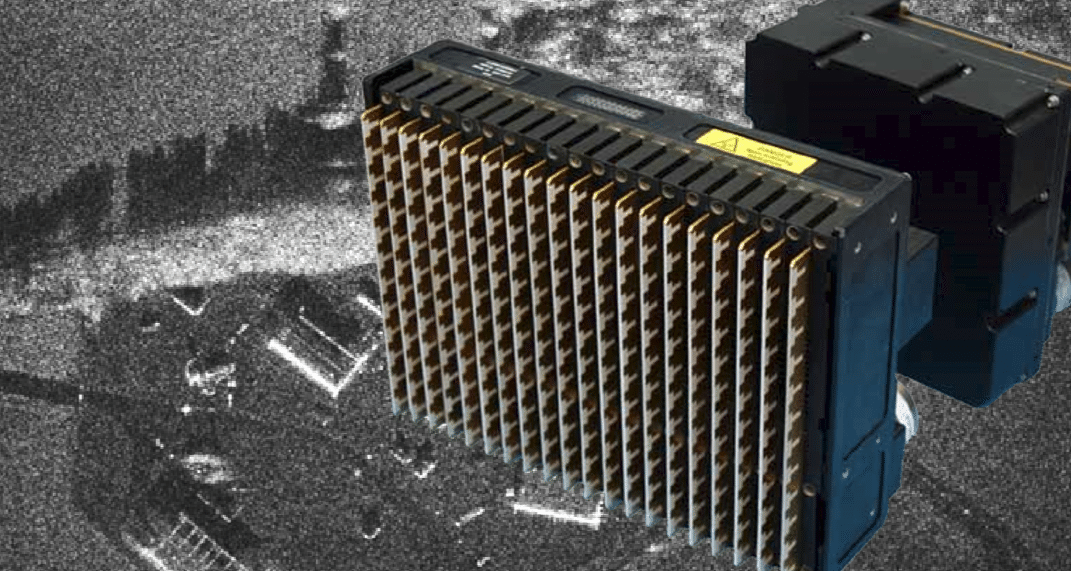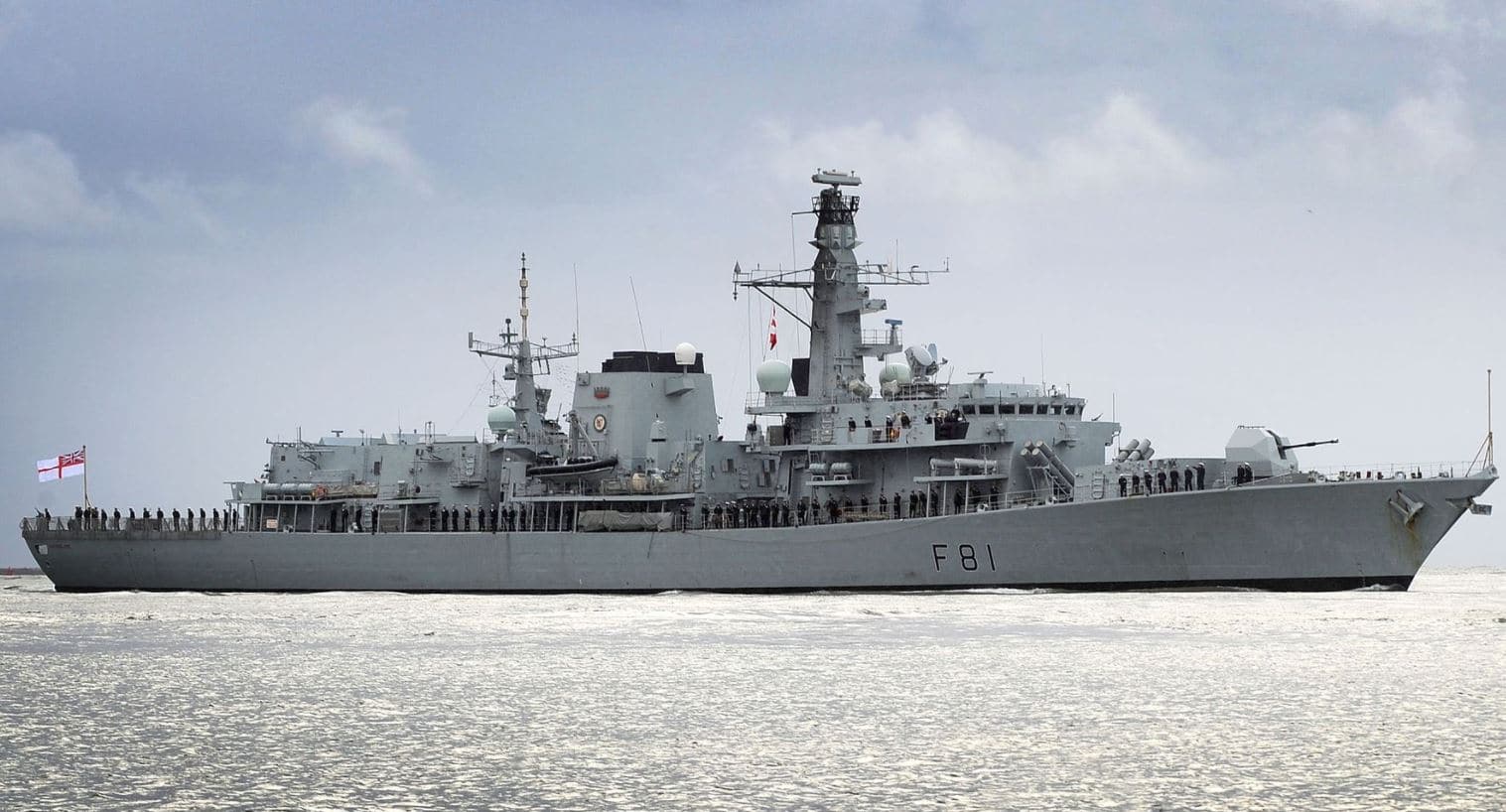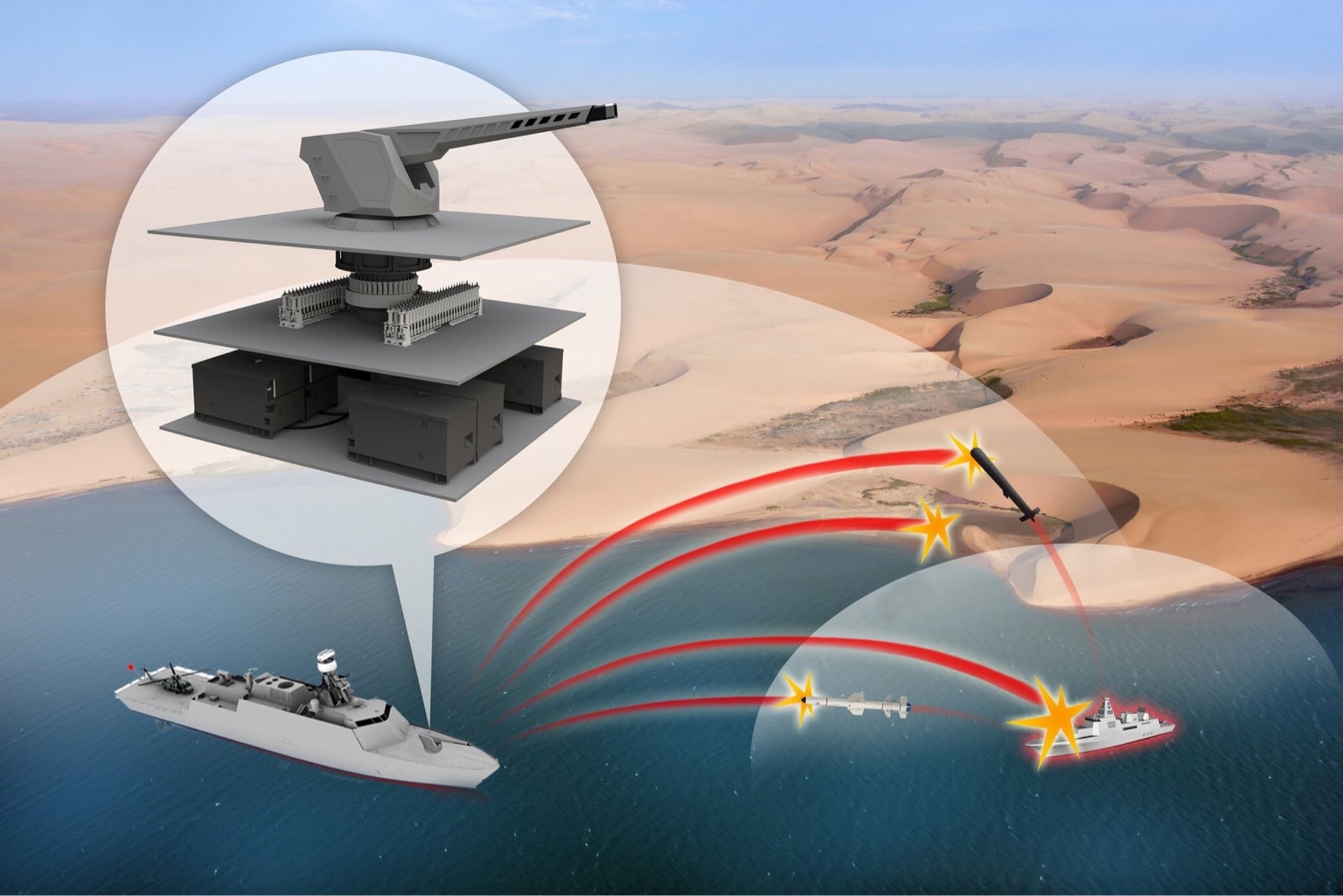2568Views 0Comments

Schiebel selects Leonardo to supply AESA-based SAR radar for UAV
Schiebel selected Leonardo’s PicoSAR active electronically-scanned array (AESA)-based synthetic aperture radar (SAR) to equip Schiebel S-100 Camcopter unmanned aerial systems (UAS), which will be delivered to an undisclosed North African country (reportedly Tunisia).
Leonardo’s press release states that the PicoSAR “will be used to support border-monitoring and anti-terrorism surveillance missions.” The SAR units will be delivered and put into service in 2017.
Notes & Comments:
Using AESA transceiver modules (TRM), the Leonardo PicoSAR can provide “high resolution ground mapping” with round-moving target-indicator (GMTI) capability.
As with other SAR radars, the PicoSAR uses radio waves to produce a high-fidelity ‘image’ of the ground environment, and with GMTI, identify and track moving targets such as vehicles.
With a range of 20 km and mapping resolution of lower than one metre, the PicoSAR is positioned as a potent intelligence, surveillance and reconnaissance (ISR) asset. Its light 10-kg weight makes it an option for a diverse range of platforms, especially lightweight UAS such as the Schiebel S-100.
The Schiebel S-100 is a vertical take-off and landing (VTOL) drone with an endurance of over six hours and payload carrying capacity of 50 kg.
The S-100 has been marketed for civilian and military applications, with the latter steered towards ISR. It is evidently being steered towards counterinsurgency and internal security operations as well.


